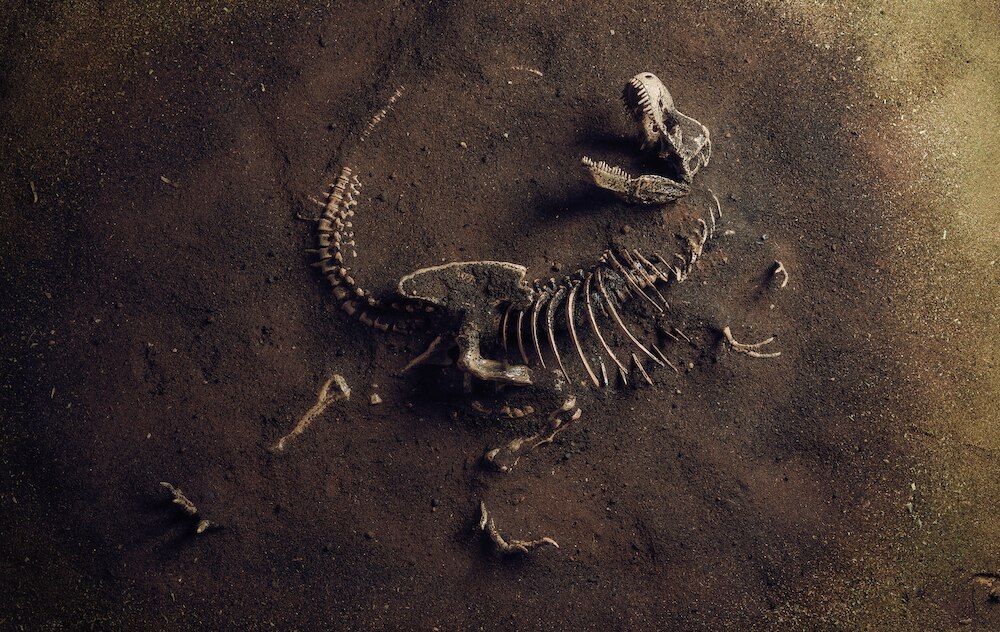Create a free profile to get unlimited access to exclusive videos, sweepstakes, and more!
Could AI do autopsies on dinosaur skeletons?
It's still an autopsy if you have the skeleton.

Every dinosaur skeleton (and skeleton fragment) that is unearthed has to undergo an autopsy with CT scanning, but those images don’t always reveal everything.
At least those fragile fossils are no longer at the mercy of anything close to a scalpel. There is no doubt that CT scanning beats cutting up the bones and destroying them forever, which was the only way to find out their inner morphology before technology leveled up. Now AI that identifies human tumors in medical imagery can possibly be used to analyze similar scans of dinosaur fossils without human error.
Looking inside dinosaur bones without damaging them does not come without obstacles. CT scanners zap specimens with X-rays, so the amount of radiation that is absorbed by different substances should tell the difference between bone and the rock it is embedded in, but this is problematic when the densities are too close. Then human eyes have to examine each layer, or voxel, that goes into the 3D image. Getting through all the data for specimens as complex as vertebrate fossils can be a drag. Enter AI.
Researchers led by Congyu Yu, of the Richard Gilder Graduate School at the American Museum of Natural History, have now come up with a way to use an AI that can find tumors in hi-res medical scans. Visually taking apart each layer of a 3D image may take weeks. They knew this computer brain could go through the voxels of an image in a fraction of the time it would take the human brain to do it, but would it beat a human in accuracy? The team recently published their findings in Frontiers in Earth Science.
Yu’s team used several deep neural networks, which are designed to work like the human brain, to analyze images of an embryonic Protoceratops skull and see if any of them could separate rock from bone and identify features as well as a human. Some 10,000 images went into training these models. AI could differentiate substances ultrafast, but not so accurately. The AI was possibly also biased towards the Protoceratops images, which would limit it from recognizing the features of other dinosaur species.
“[The AI] is likely to have intrinsic bias in the dataset due to the poor ossification status of bones and other possible factors,” the researchers said. Such an overfitting problem is a major concern in deep learning studies”
As if there weren’t enough issues with CT scans being biased, something Yu and his team are worried about is potential human bias. Someone examining the images could have visualized what a dinosaur should look like and interprets the image a certain way. Another paleontologist may be otherwise biased. This can lead to different interpretations of the same images, which only adds to the mysteries behind extinct creatures we still know so little about. Non-human interpretation is needed in the future.
This is only the beginning. CT scanning alone has opened up many non-destructive possibilities, such as using both outer and inner images of fossils to determine tissue and organ morphology of a creature that went extinct tens of millions of years ago. Analyzing images produced by the machine has led to discoveries as astounding as the first full dinosaur brain reconstruction and the sensors in the jaw of a T. rex that helped it snap up its next meal. AI just needs time and training to see things through our eyes.
“With more available paleontological and maturation of algorithms, we shall expect wider applications of deep learning in paleontological studies soon,” said the researchers.
When it finally learns to think like us, but at warp speed, AI could possibly come closer than ever to bringing dinosaurs back to life.


























